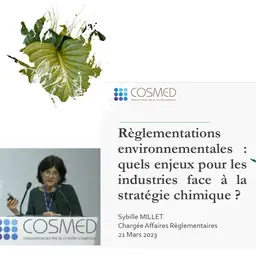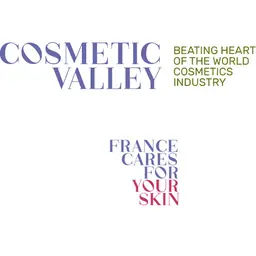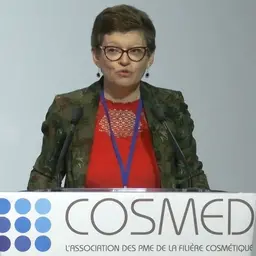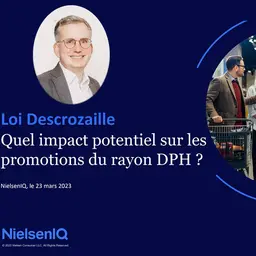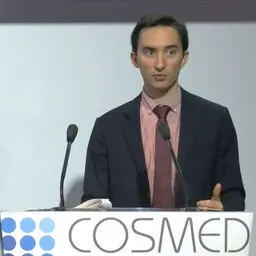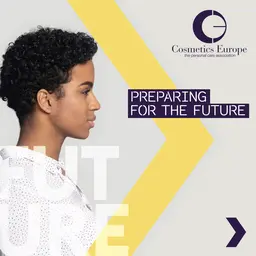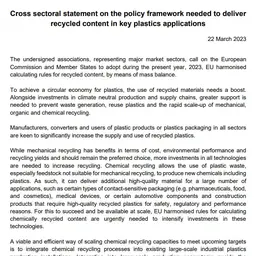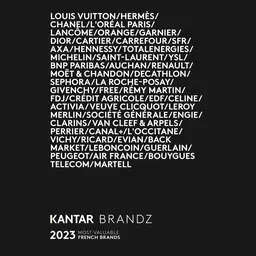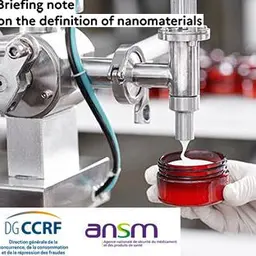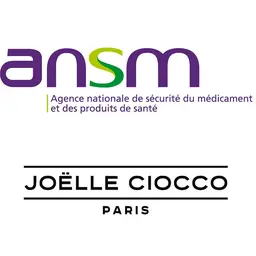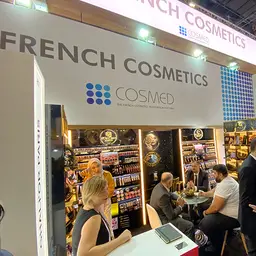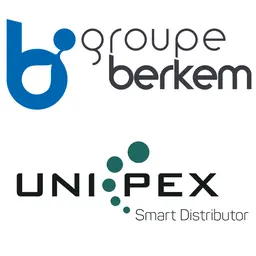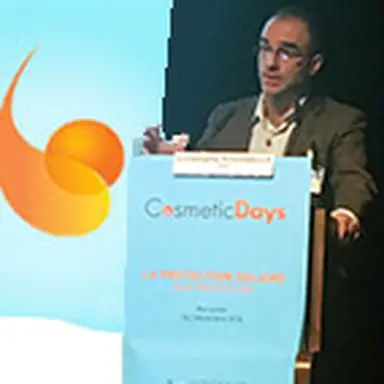
The methods used to assess the safety of UV filters in the United States and Europe are much different. At the 3rdCosmeticDays organized by Cosmed, Christophe Rousselle, of the ANSES (French Agency for Food, Environmental and Occupational Health & Safety), and a member of the SCCS (Scientific Committee on Consumer Safety), presented the main divergences between the two continents… and revealed their origins.
Christophe Rousselle has been a member of the European SCCS for eight years. Within this Scientific Committee on Consumer Safety, he and his colleagues are responsible for assessing the safety of cosmetic ingredients in Europe, in particular the UV filters to be added to Annex VI to Cosmetics Regulation 1223/2009, which comprises a list of authorized UV filters. As such, he knows the methods used in Europe perfectly well, as well as their differences with the American approach.
Towards harmonization
“The importance of harmonizing the approaches between European and American markets is obvious,” he emphasized, “80% of the cosmetic products marketed in Europe come from global companies, and today’s cosmetics cannot but be considered on the international level.”
It should be recognized the efforts made for it have not really been fruitful yet, though…
Still, regulatory authorities have been working in collaboration for a long time, for example since 2007, with the ICCR initiative (International Cooperation on Cosmetics Regulations), which aims both to maximize consumer protection and minimize the obstacles to the free circulation of products.
This strategy was first reinforced as part of the TTIP negotiations between Europe and the United States… Several exchanges were organized between the American …

